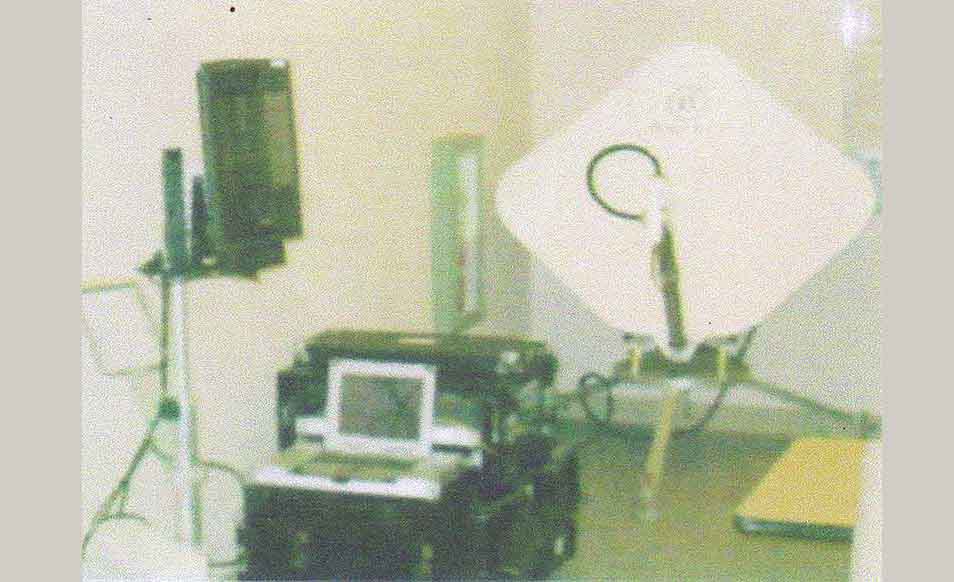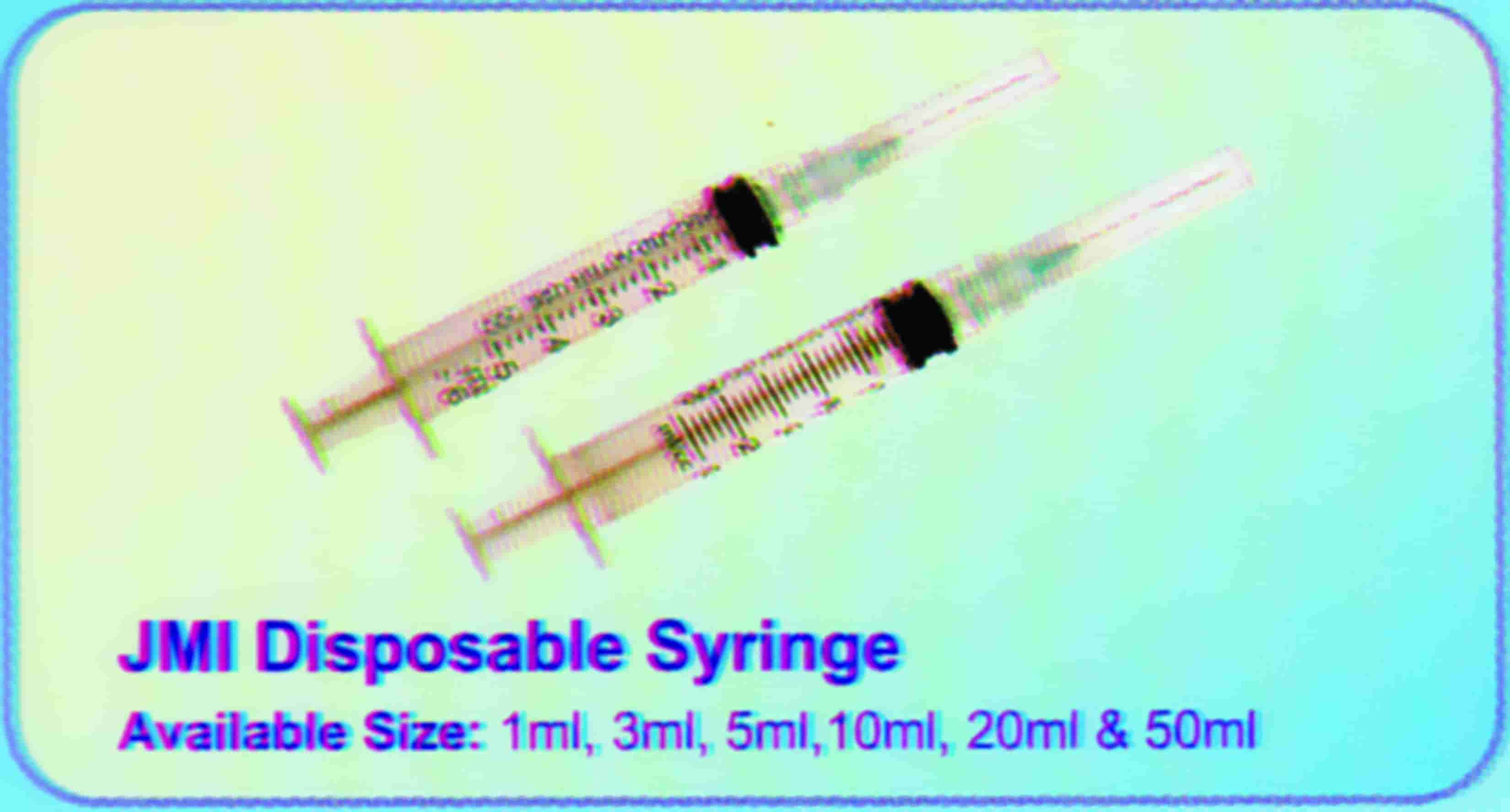Importance of Telemedicine

Md. Abdur Razzaq
Telemedicine is the delivery of healthcare services by all healthcare professionals, where distance is a critical factor, using the information and communication technologies for exchanging ‘of valid information for diagnosis, treatment and prevention of diseases including injuries, research and evaluation. This is the continuing education of healthcare providers for the interests of advancing the health of individuals and their communities.
Importance of Telemedicine
1. Through telemedicine patient can be examined, treated and monitored although patient and doctor located in different places.
2. Patients data can be sent from a remote location and medical advice could be offered from a specific medical centre or from an expert.
3. Telemedicine ensures delivery of right medical advice at the right time from the right place.
4. Telemedicine makes available the facilities not available at local level and appropriate skills/technology.
5. This will save costs of the patients, service provider and the total system.
Telemedicine Consists of Three Elements-
* Firstly, it uses the information technology to provide information for medical decision making; l Secondly, it changes signals which could be Bioengineering components;
* Thirdly, arrange the practice for medicine at distance.
Objectives of Telemedicine
* to enhance citizens‘ equality in the availability of specialized medical services by bringing these services to remote primary health care centers;
* to promote the proficiency of physicians and other health care personnel by means of teleconsultation and video conference based training;
* to reduce the waiting lists in specialized health care, e.g. for glaucoma and retinopathy screening and follow-up, and for initial and follow-up visits in surgery;
* To save money; Some Examples of Telemedicine - Teleconsultation Teleconsultation connect professionals to share data and obtain expert opinion e.g. teleradiology, video consultation. Any videoconferencing terminal must have a few basic components:
* a camera (to capture local video);
* a video display (to display remote video);
* a microphone (to capture local audio);
* and speakers (to play remote audio);
* optionally a document camera (to capture document images)
* in addition to these, a videoconferencing terminal also includes a codec ("Compressor/DECompressor"), and a network connection (ISDN or IP).
Telediagnosis
* to perform diagnosis remotely
* patient-to-doctor connection (vs. doctor to doctor connection in teleconsultation)
* mobile tele-medical unit can perform specialist care (central hospital standard) studies in health care centres using mobile telemedical units. The results can be sent to e.g. central hospital, thus permitting telediagnosis.
Telemonitoring
It Monitor the patient remotely.
* Can include alarm monitoring and security
* Patients use wireless devices in their homes to take daily vital signs measurements their weight, heart rhythm, blood pressure, blood sugar and pulse. This information is automatically and securely transmitted over phone lines to clinical-review software, which care managers can access via the Web.
Teladiagnosis
Teletreatment
Treatment at a distance e.g. Telesurgery - Telecare-provision - Store and Forward Central data storage for distributed consultancy example: database for dermatology (skin diseases). Database can be accessed via dedicated software or web browser. Images can be shared by large group of specialists.
Benefits by Using Telemedicine
* Improve the availability of health care services;
* Reduce travel and related expenses;
* improve health care outcomes;
With all this going for it, why is its widespread use progressing so slowly. Why is this happening? The reasons are-
* The “usual suspects”: Reimbursement issues
* Not always a factor
* Could be largely solved in many cases by having the true beneficiaries (patients) pay Law/licensure problems Generally a non-issue in practice, but a worry
* Poor physician acceptance May be true, but is this cause or affect?
* Complex technology and implementation
How Can We Fix This Problem?
* Standardization can come by means of market forces
* Industrial leadership - “the 400 kilo gorilla" (e.g., the IBM PC)
* Industrial —“evangelical leadership" (e.g., Linux). Monopoly forces (e.g., Microsoft)
* Industry group driven (e.g., Teleradiology)
* Enlightened cooperation among many competitors
Benefits of increased Compliance for Pharmaceutical Companies The advantages for a pharmaceutical using telemedicine to target compliance are numerous. When focusing on long-term treatments, the slightest increase in compliance has a huge effect on total revenue on the patient being in a program. Due to increased compliance sales instantly increase as patients are continuously reminded to take their medication. A positive experience is created when a patient upon diagnosis is enrolled in a program using telemedicine, because the company cares. This makes telemedicine an instant marketing tool for the image of the drug and the pharmaceutical company.
* Higher Sales dues to increased patient compliance;
* Better service to his patients;
* Early recognition of exceptions or maltreatment, reducing problems from wrong medication;
* Feedback of results of medication of patients, like as when using telemedicine in trials.
Md. Abdur Razzaq, one of the distinguished business personalities and the Managing Director of JMI GROUP. The JMI Group is one of the world renowned and diversified global conglomerates of 32 companies with more than 7,000 highly dedicated and educated workforces particularly in the healthcare services.

























